| Style | Years | Definition | Examples |
| Art Nouveau | 1890-1920 | Art Nouveau is an international style of art, architecture and applied art, especially the decorative arts, that was most popular between 1890 and 1910. Wikipedia
Artists: Alphonse Mucha, Gustav Klimt, Antoni Gaudí, Émile Gallé, Artworks: The Kiss, Portrait of Adele Bloch-Bauer I,
|
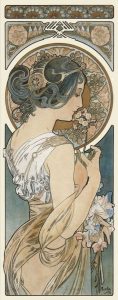
Mucha
|
| Arts and Craft | 1880-1910 | The Arts and Crafts movement was a British and American aesthetic movement occurring in the last years of the nineteenth century and the early years of the twentieth century. In part a reaction to the mechanization of the Industrial Revolution (see also the History of the Industrial Revolution, the movement was inspired by the writings of John Ruskin and his romantic idealization of the craftsman taking pride in his personal handiwork. The zenith for the movement was between approximately 1880 and 1910.
|
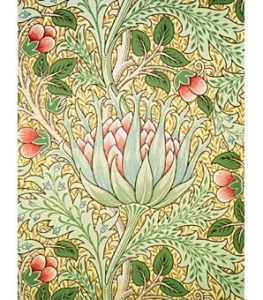
William Morris |
| Bauhaus and New Typography | 1910-1940 | THE BAUHAUS AND THE NEW TYPOGRAPHY
“It is obvious,” wrote Aldous Huxley in 1928, “that the machine is here to stay. Whole armies of William Morrises and Tolstoys could not now expel it . … Let us then exploit it to create beauty- a modern beauty, while we are about it.” Ideas from all the advanced art and design movements were explored, combined, and applied to problems of functional design and machine production at a German design school: the Bauhaus. Twentieth-century furniture, architecture, product design, and graphics were shaped by the work of its faculty and students, and a modern design aesthetic emerged. http://www.historygraphicdesign.com/the-modernist-era/the-bauhaus-and-the-new-typography
|
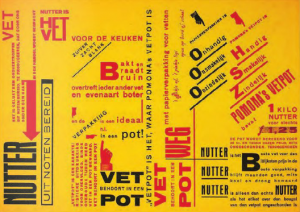 |
| Dada Design | 1910-1940 | DADA AND THE NEW TYPOGRAPHYDada or Dadaism is a cultural movement that began in neutral Zürich, Switzerland, during World War I and peaked from 1916 to 1920. The movement primarily involved visual arts, literature (poetry, art manifestoes, art theory), theatre, and graphic design, which concentrated its anti war politic through a rejection of the prevailing standards in art through anti-art cultural works.
http://www.citrinitas.com/history_of_viscom |
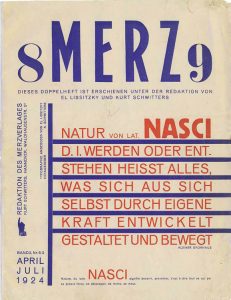 |
| DeStijl Design | 1910-1940 | DESTIJLDutch for The Style, Die Stijl was founded in 1917. The artists most recognized with the movement were the painters Theo van Doesburg, who was also a writer and a critic, and Piet Mondrian, along with the architect Gerrit Reitveld. The movement proposed ultimate simplicity and abstraction through which they could express a Utopian idea of harmony and order.
http://www.designishistory.com/1920/de-stijl/
|
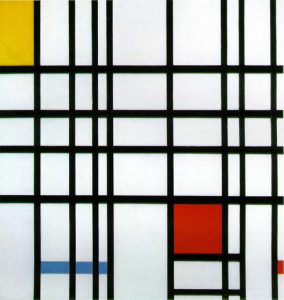 |
| Constructivism | 1915-1940 | A movement with origins in Russia, Constructivism was primarily an art and architectural movement. It rejected the idea of art for arts’ sake and the traditional bourgeois class of society to which previous art had been catered. Instead, it favored art as a practice directed towards social change or that would serve a social purpose.
|
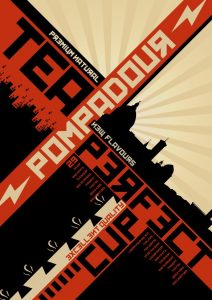 |
| Early Modern Design | 1910-1935 | Early modernism was a time when artists and designers broke from tradition to create a new style of design which would influence all artists, designers, architectures, fashions and literaturists around the world. Early modern artists were described as new or experimental, as they changed the way others saw design and art. Bauhaus created a new philosophy, putting a designs function before its form, something that has caught on and is used now. I believe this is the design era when abstract art became popular, with its geometric influenced, expressionist’s outlooks and experimentational designs. Anything new, and different, rebelling against tradition was known as “modern”. So this was the start of the rebelling against tradition that has carried through time influencing all the other art and design styles of the world. | 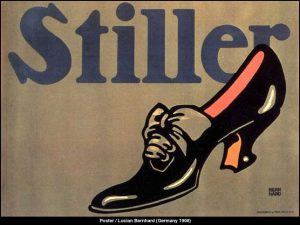 |
| Futurism | 1900-1930 | 1914 Zang Tumb Tumb: F.T. Marinetti The cover for this book, written and designed by Marinetti, exemplifies the futurist esthetic. |
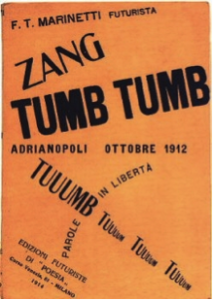 |
| Art Deco | 1920-1940 | Art Deco. Art Deco, also called style moderne, movement in the decorative arts and architecture that originated in the 1920s and developed into a major style in western Europe and the United States during the 1930s. … Art Deco design represented modernism turned into fashion. | 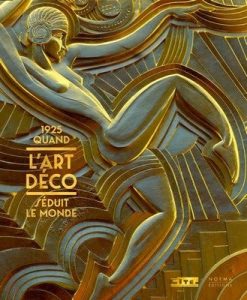 |
| Heroic Realism | 1910-1940 | “Heroic Realism” is an art motif that is generally used as a propaganda strategy. It is popularly and efficiently used by communist/socialist governments in order to control and sway the mentality of their people through emotional visual cues. During the Nazi regimen, Hitler delved away from the abstract poster work of the war and decided to imitate the more literal design style of The Allies’ poster work. |  |
| Late Modern | 1945 – 1960 | Many influential American designers channeled European influences. Coupled with printing advances, many designers like Paul Rand, Saul Bass and Bradbury Thompson stylized shocking pieces integrating type and photo collage. New York became the breeding ground for “New Advertising” and the “Creative Revolution.” Nothing was ever the same. | 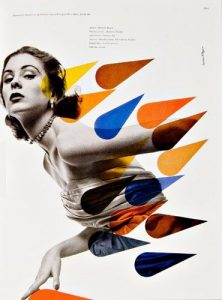
Paul Rand, Saul Bass and Bradbury Thompson |
| American Kitsch | 1950’s | “Kitsch” is a German word meaning “in bad taste.” In the arts, kitsch is used to describe art that is pretentious, vulgar and displays a complete lack of sophistication. On the other hand, camp—the idea that something is so bad that it’s good— is an accurate description of 1950s American Kitsch. | 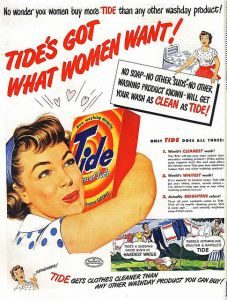 |
| Swiss/International | 1940’s – 1980’s | Often referred to as the International Typographic Style or the International Style, the style of design that originated in Switzerland in the 1940s and 50s was the basis of much of the development of graphic design during the mid 20th century. Led by designers Josef Müller-Brockmann at the Zurich School of Arts and Krafts and Armin Hofmann at the Basel School of Design, the style favored simplicity, legibility and objectivity. | 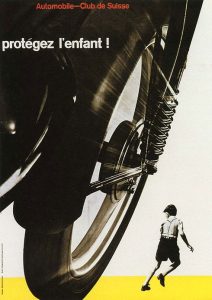
Associated Artists:
Max Bill References and More Information:
Wikipedia |
| Psychedelic | 1960’s | The psychedelic movement began in the mid 1960’s and had an effect, not just on music, but also on many aspects of popular culture. This included style of dress, language and the way people spoke, art, literature and philosophy.
The name “psychedelic” refers to drugs that were popular with the youth culture of the time. Posters for rock concerts tried to visually express the feeling of tripping out. |
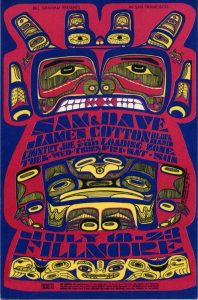 |
| Post Modern | 1970’s – 1990’s | POSTMODERN DESIGN Postmodernism is a late-20th-century movement in the arts, architecture, and criticism that was a departure from modernism. Postmodernism includes skeptical interpretations of culture, literature, art, philosophy, history, economics, architecture, fiction, and literary criticism. It is often associated with deconstruction and post-structuralism because its usage as a term gained significant popularity at the same time as twentieth-century post-structural thought.The term postmodernism has been applied to a host of movements, many in art, music, and literature, that reacted against tendencies in modernism, and are typically marked by revival of historical elements and techniques.http://www.historygraphicdesign.com/the-age-of-information/postmodern-design |
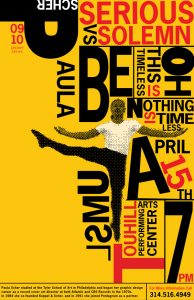 |
| Grunge | 2000 – 2010’s | Shiny and glossy design elements are now officially outdated. Just like retro is becoming trendy again, grungy look appears to rapidly gain on popularity. And there is a damn good reason behind it. In our everyday environment we’re unlikely to find ideal geometric forms or pretty shadow effects as they are manifested by glorious Web 2.0-designs. The reality is different, and Web is definitely not an exception here.
https://www.smashingmagazine.com/2008/03/the-secrets-of-grunge-design/ |
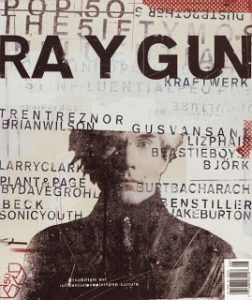 |
| Flat Design | 2010 – Present | Flat design is a popular design style that is defined by the absence of glossy or three-dimensional visual effects in the graphical elements of a web page. Many designers consider it to be an offshoot of minimalist web design. | 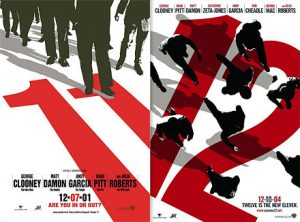 |
| |
